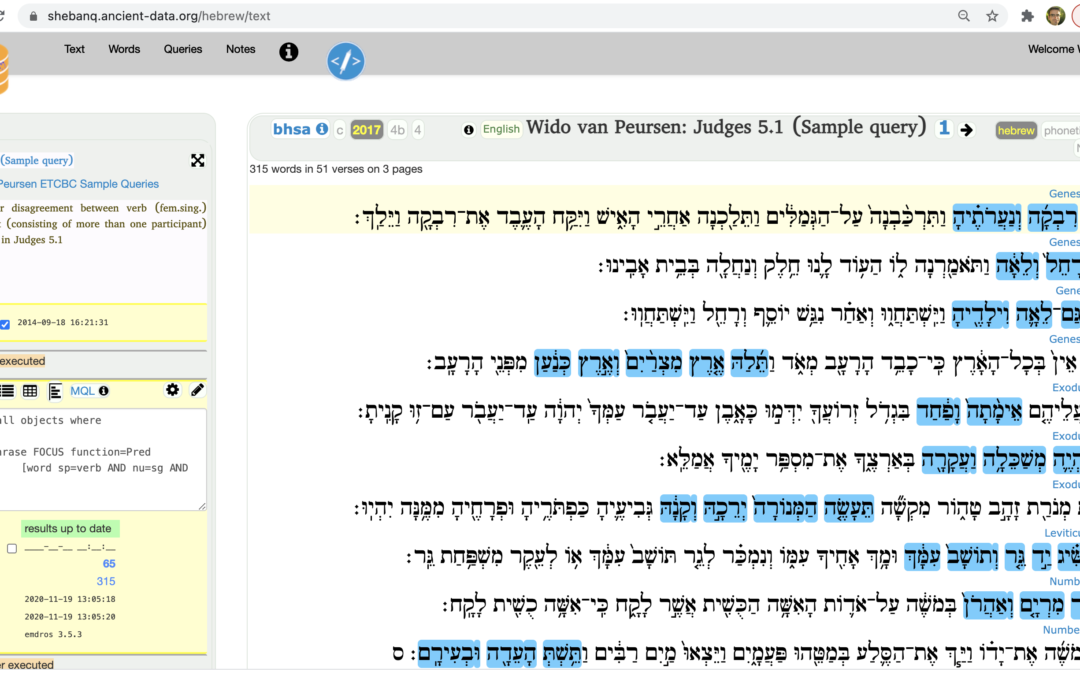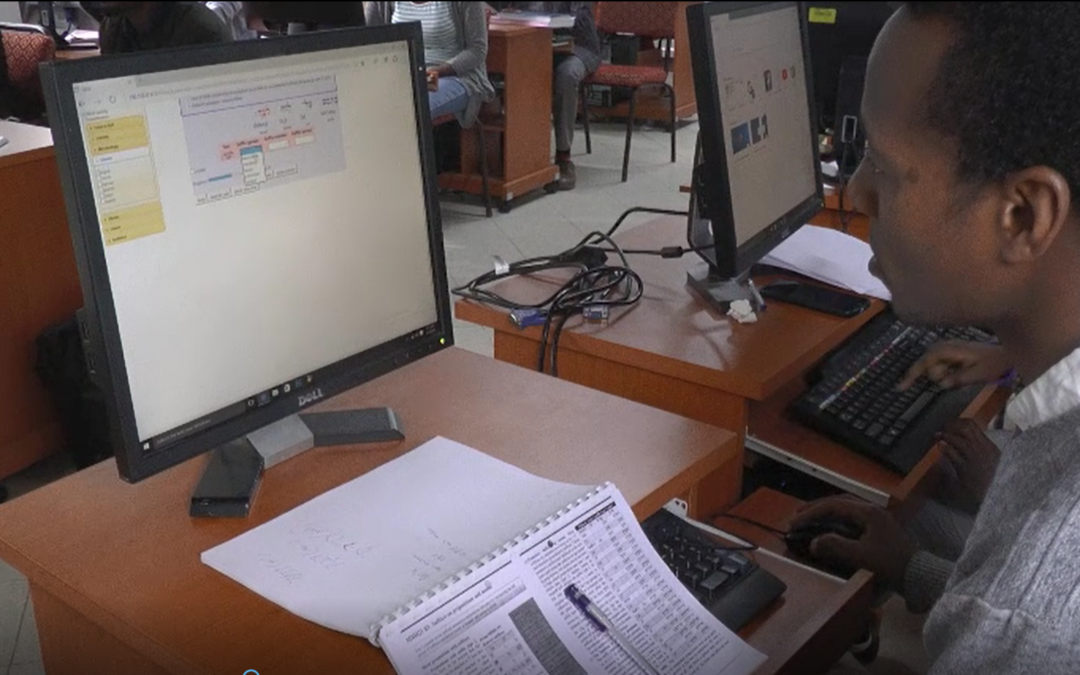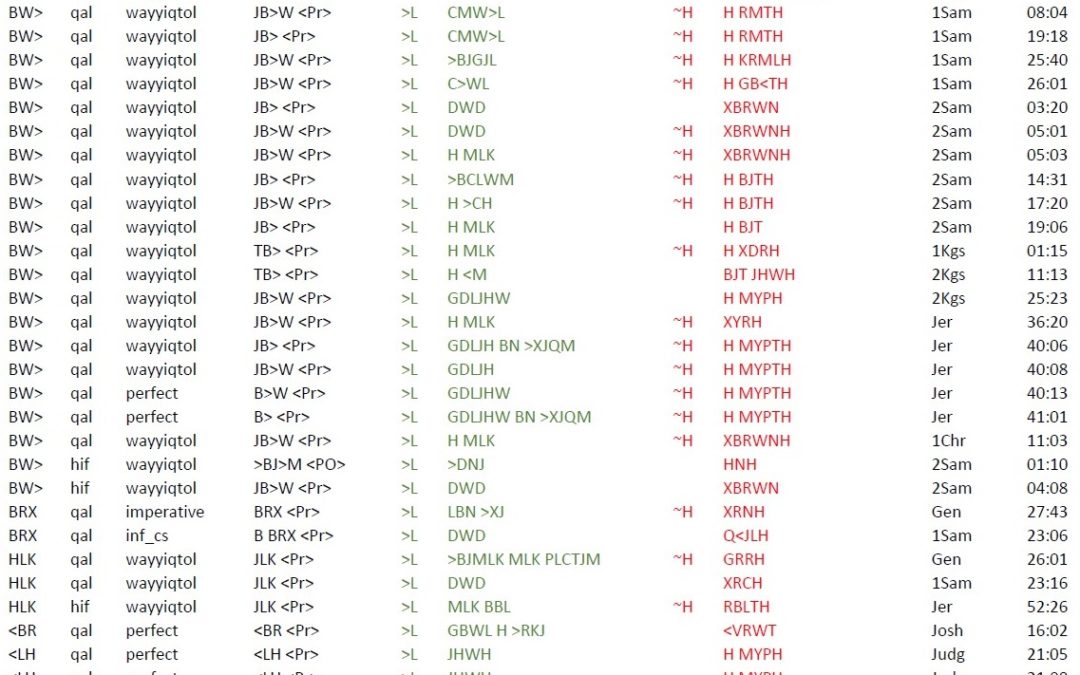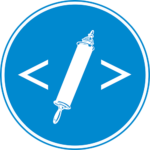
by Bas Meeuse | Mar 15, 2021 | Computational Linguistics, Database, Education, Hebrew Bible, SHEBANQ, Translation
Data analysis is very important in the translation and research of the source text of the Hebrew Bible. With data analysis, translation choices can be better supported if you know how to use the tools available. Understanding the syntactical structures of the source...

by Willem van Peursen | Jul 2, 2020 | Bible, Computational Linguistics, Database, events, Hebrew Bible, Hebrew Learning, linguistics, Translation
(And why you should follow the new online minor programme in Bible Translation at Vrije Universiteit Amsterdam) By Lourens de Vries The Hebrew conjunction we in The Song of Solomon (1:5) can be rendered by “and” or “but” and translations have gone both ways. What’s a...

by Willem van Peursen | Dec 3, 2019 | Bible, Hebrew Classroom, Hebrew Learning, linguistics, news, Open Science, Translation
A new project We are excited to announce the start of a new project for the development of an Amharic version of the Bible Online Learner that will be a unique cooperation between the Eep Talstra Centre for Bible and Computer (ETCBC), the Ethiopian Graduate School of...

by Reinoud Oosting | Oct 22, 2019 | Hebrew Bible, text linguistics, Translation
Working as a Bible translator I am not only interested in the meaning and the literary composition of individual texts, but also in the linguistic patterns underlying these texts. Detecting and registering these patterns helps in gaining inside into the grammatical...






